
Are you tired of uninspired, cookie-cutter designs that don’t reflect your unique style? As a homeowner or developer, you deserve a space that not only meets your needs but also embodies your vision. The journey to achieving your dream design can be overwhelming, but you’re not alone. At Landmarksarchitects, we understand the frustration of dealing with generic design solutions.
In this article, we will explore:
- The Importance of imagination and creativity in Fantasy Architecture
- Key architectural features that bring fantasy to life
- Symbolism and themes that enhance the narrative of your design
- Innovative materials and techniques to construct your fantasy world
Ready to transform your vision into reality? Continue reading to discover how you can achieve a design that truly reflects your identity.
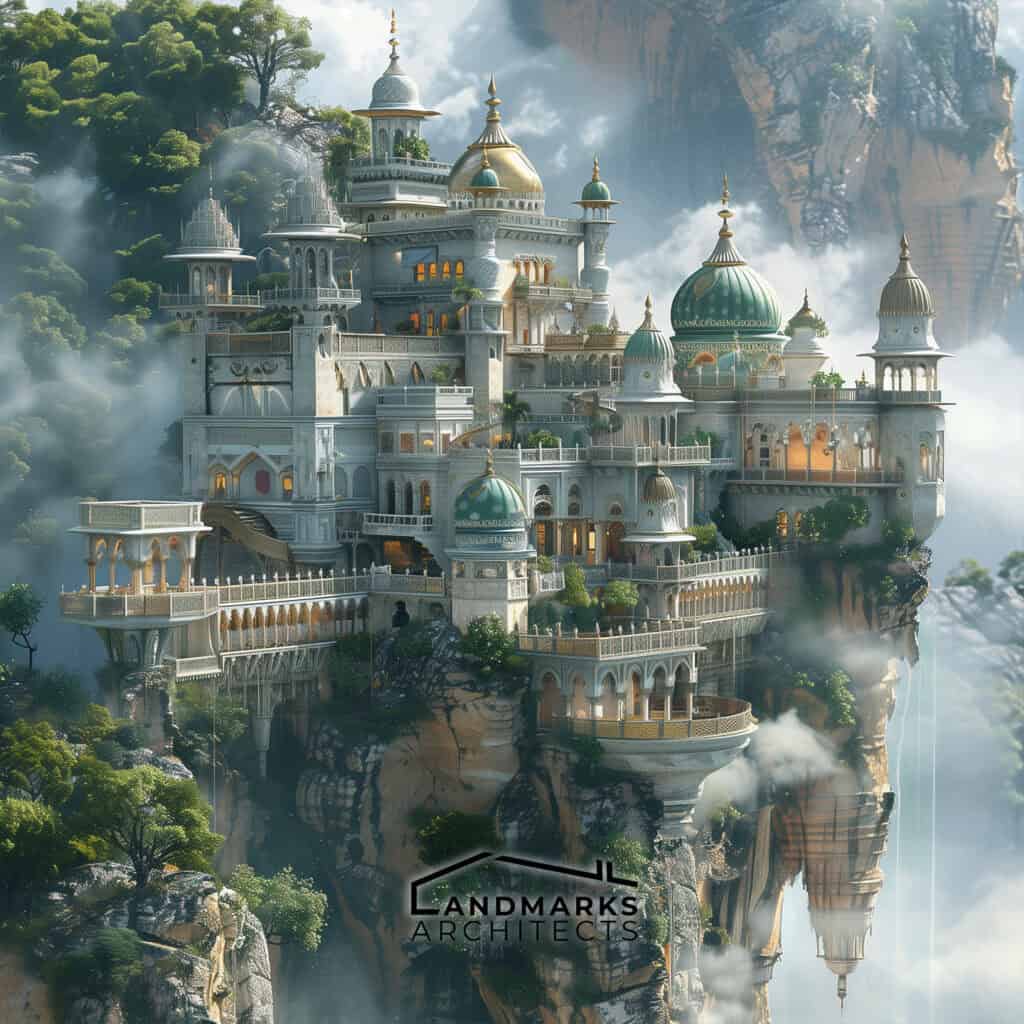
4 Elements of Fantasy Architecture
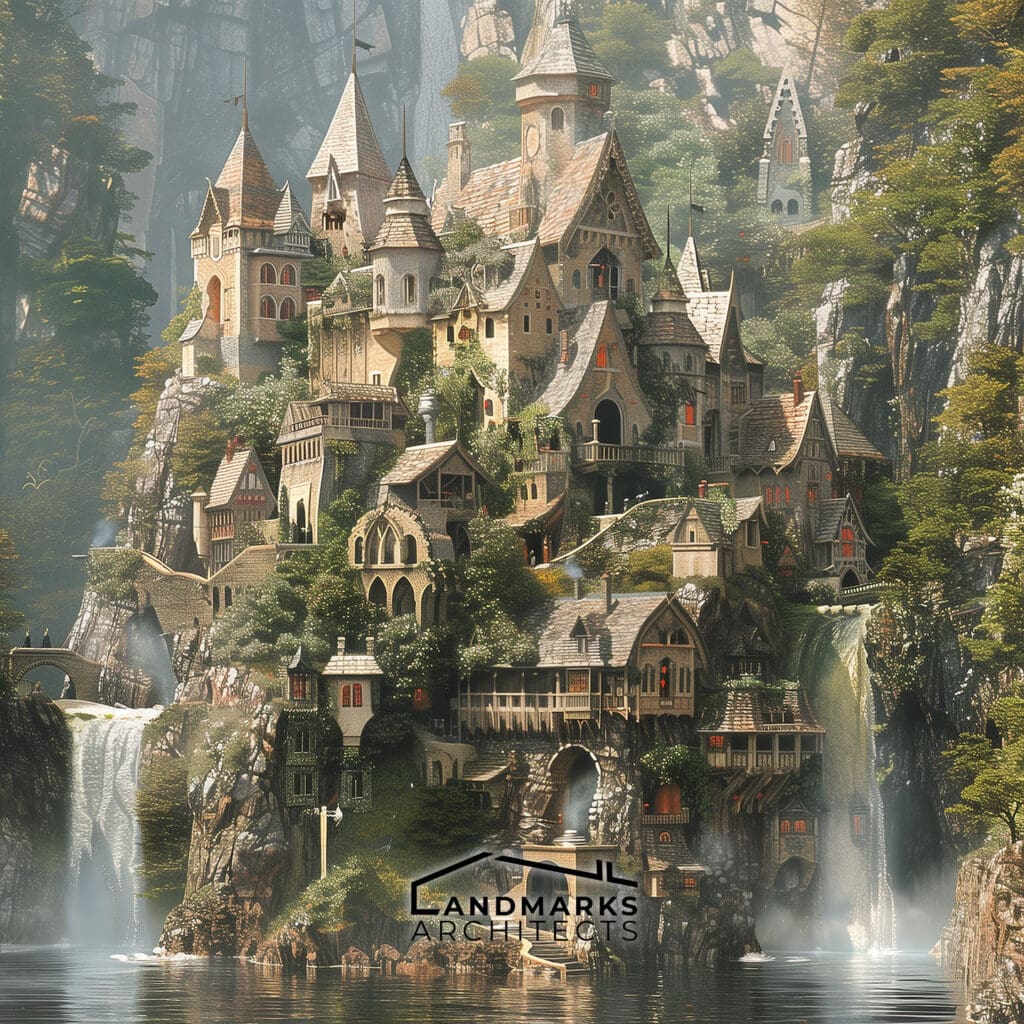
Fantasy architecture is a unique form of architecture that allows architects to unleash their imagination and creativity. This type of architecture is not limited by the constraints of the real world and can include mythical structures such as floating islands and underwater cities.
1. Imagination and Creativity
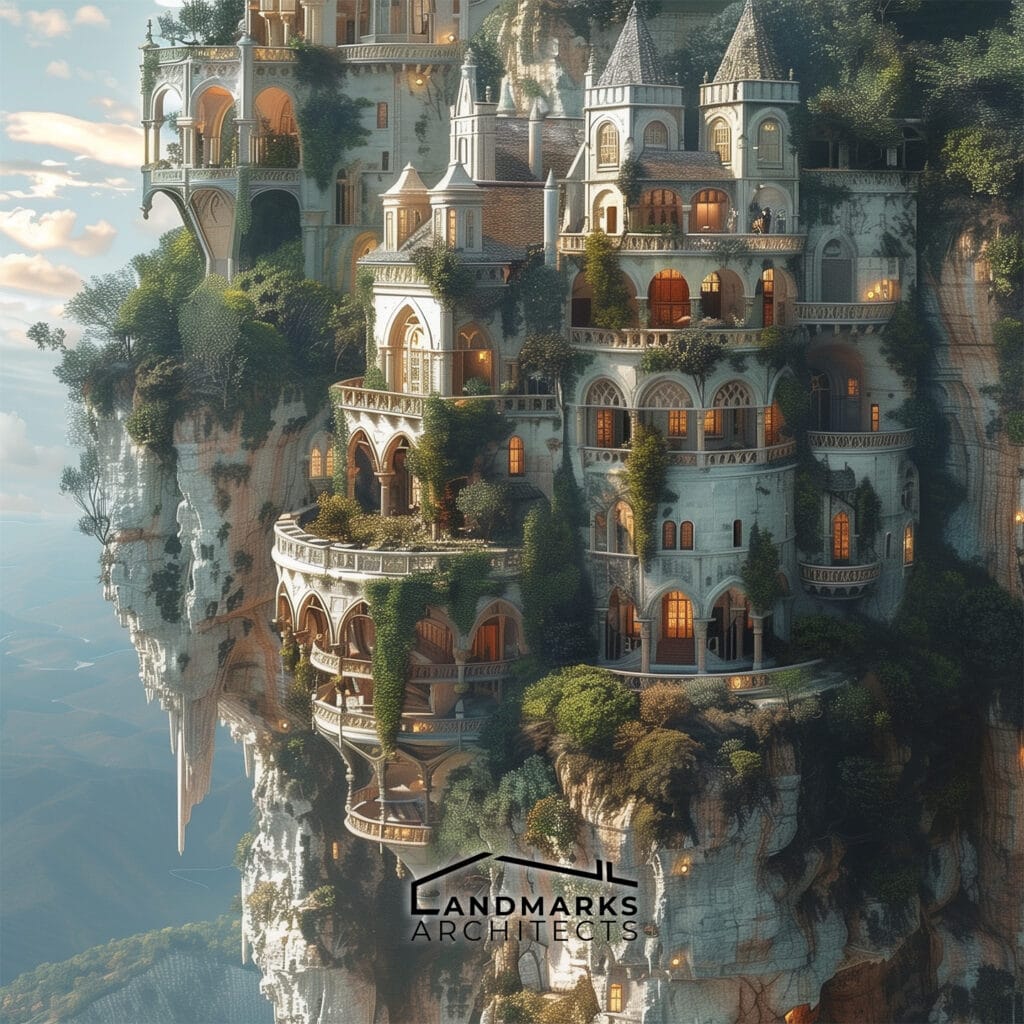
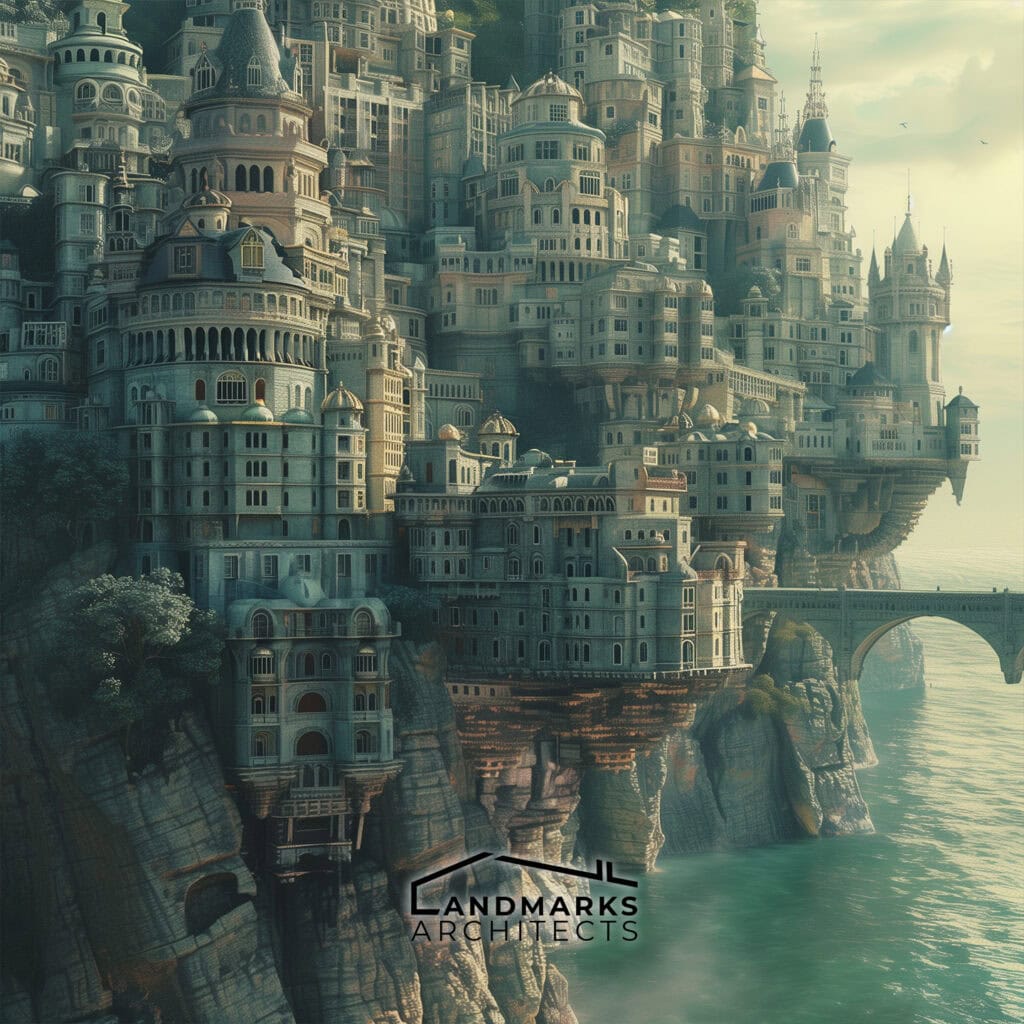
The key elements of fantasy architecture are imagination and creativity. Architects who are inspired by fantasy often create buildings that are beyond the ordinary and can be seen as utopian or dystopian. These buildings are often characterized by their otherworldliness and symbolic meanings.
2. Architectural Features
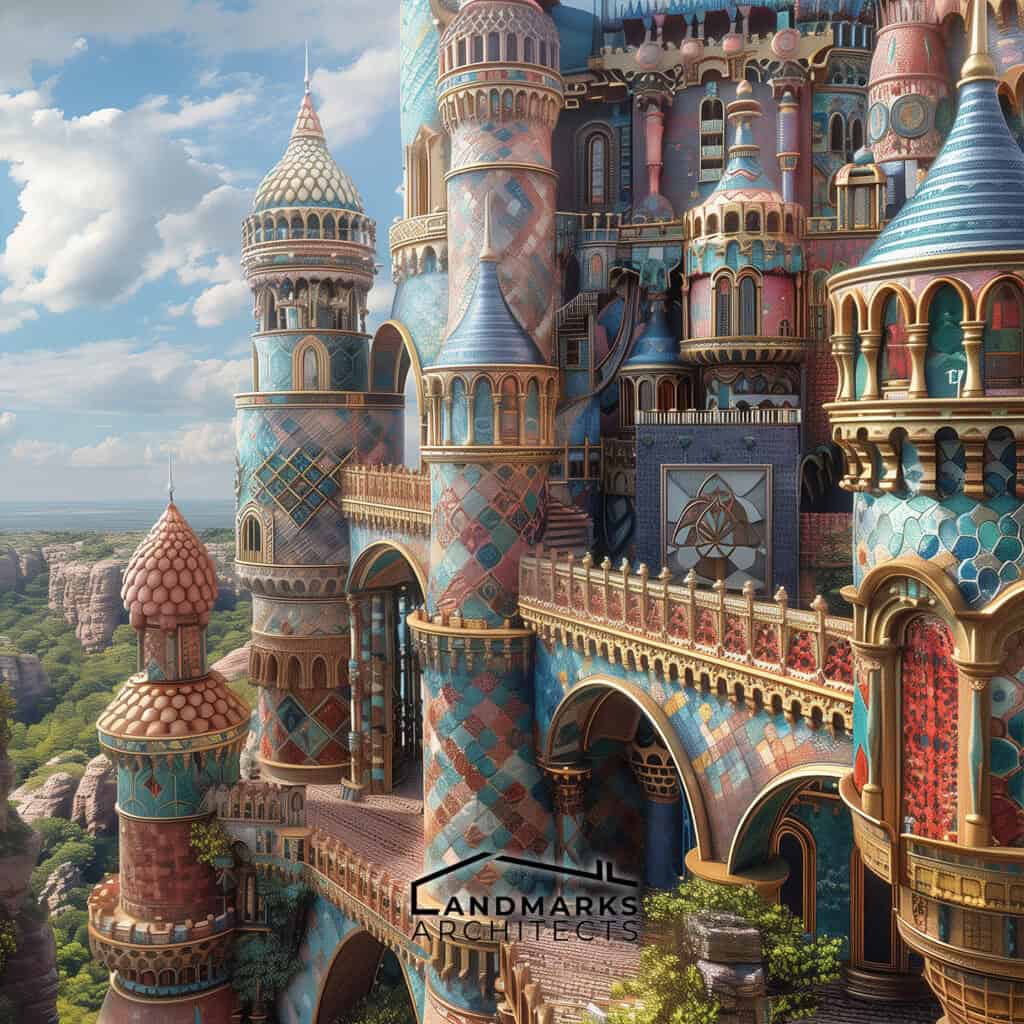
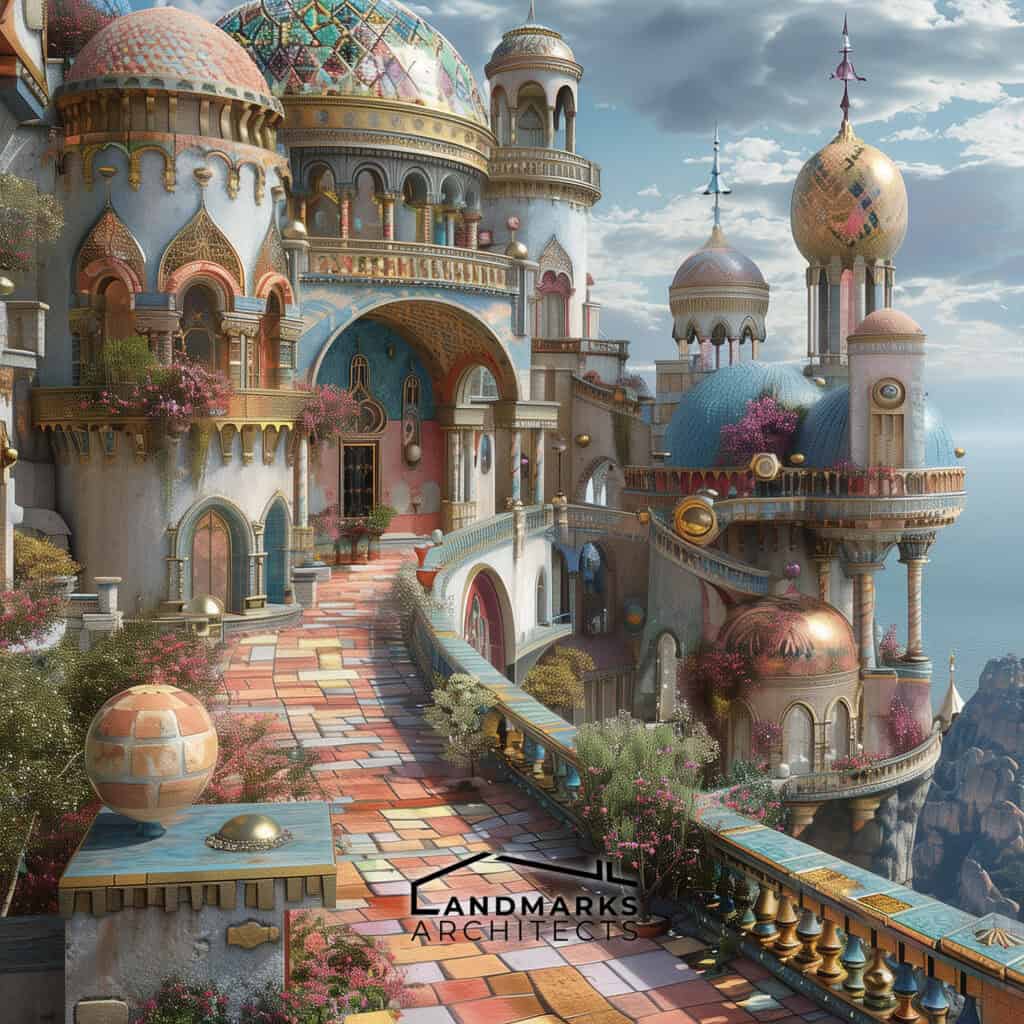
Fantasy architecture can include a wide range of architectural features. Towers and castles are common elements of fantasy architecture, as are colorful mosaics and brick walls. Buildings can be designed to reflect a certain style, such as Gothic or modern, and can be shaped to create a sense of space.
3. Symbolism and Themes
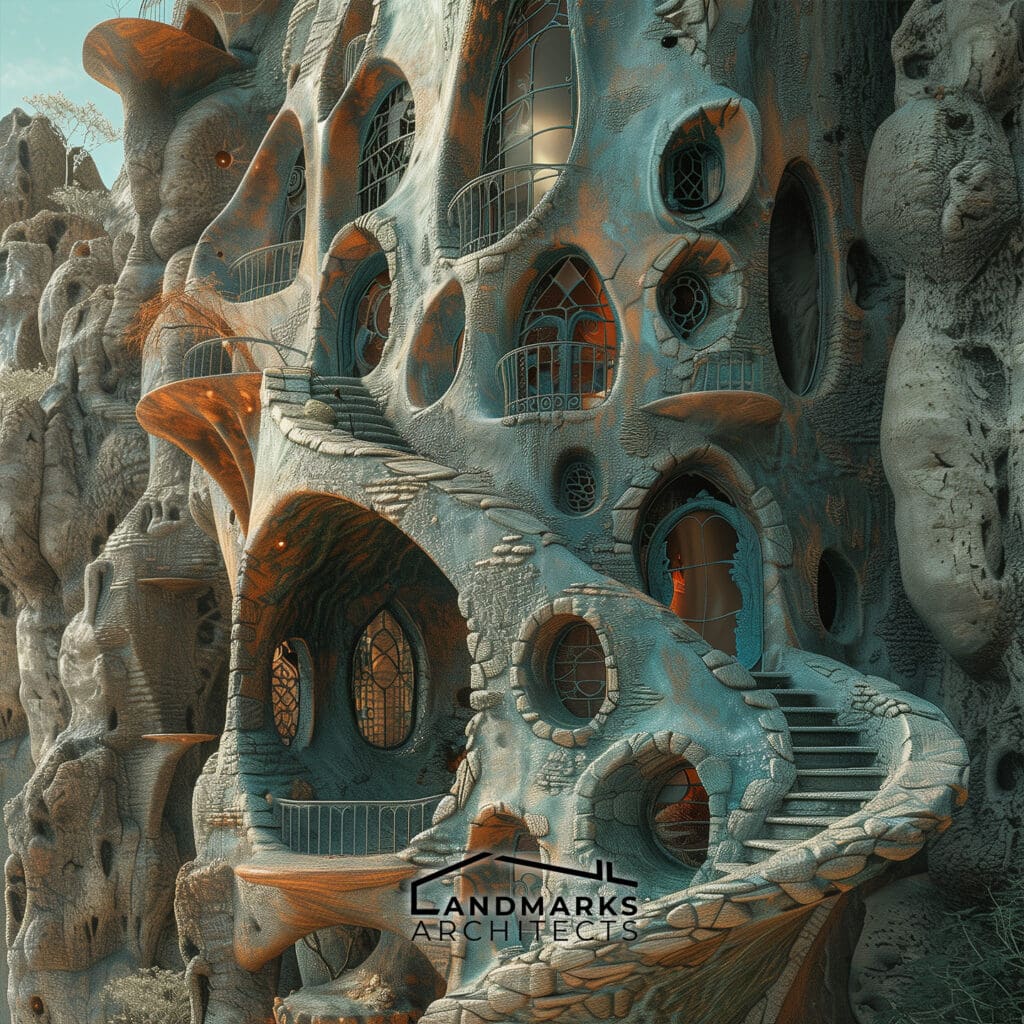
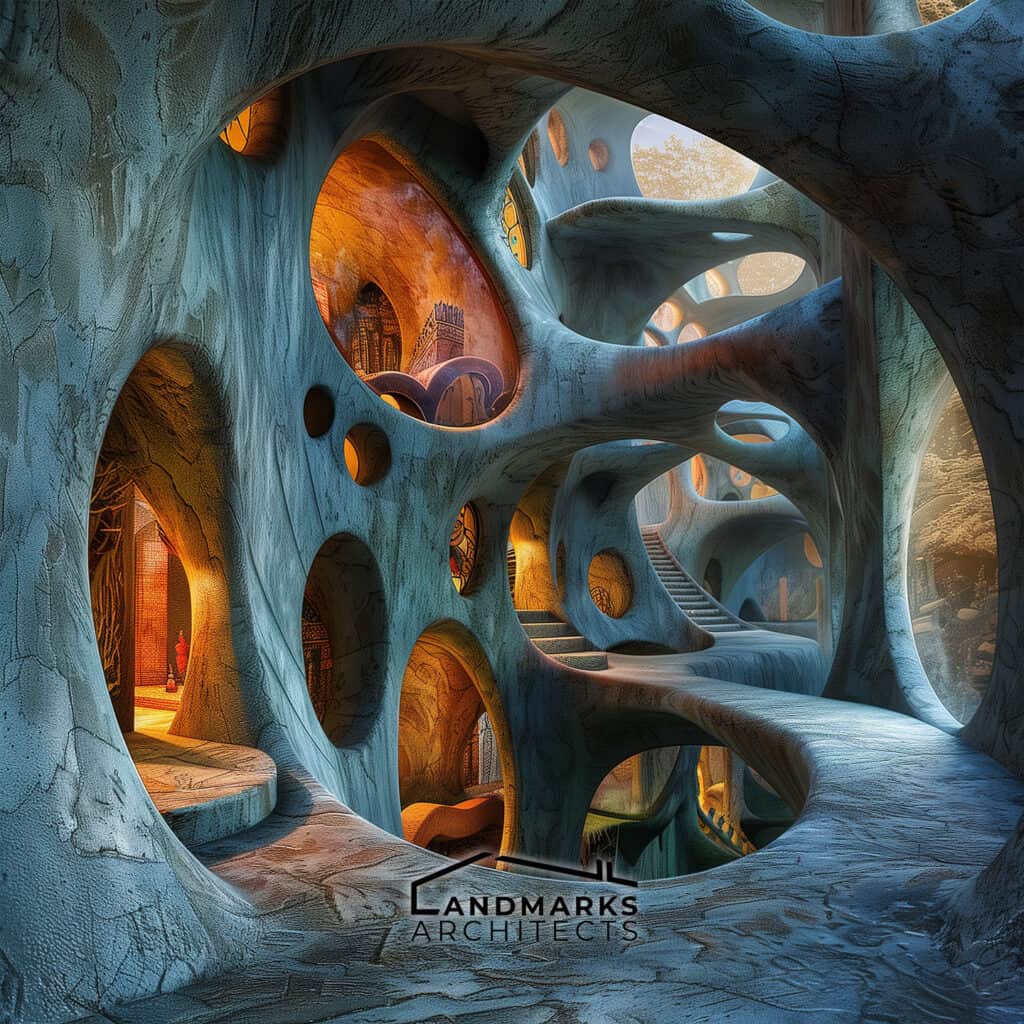
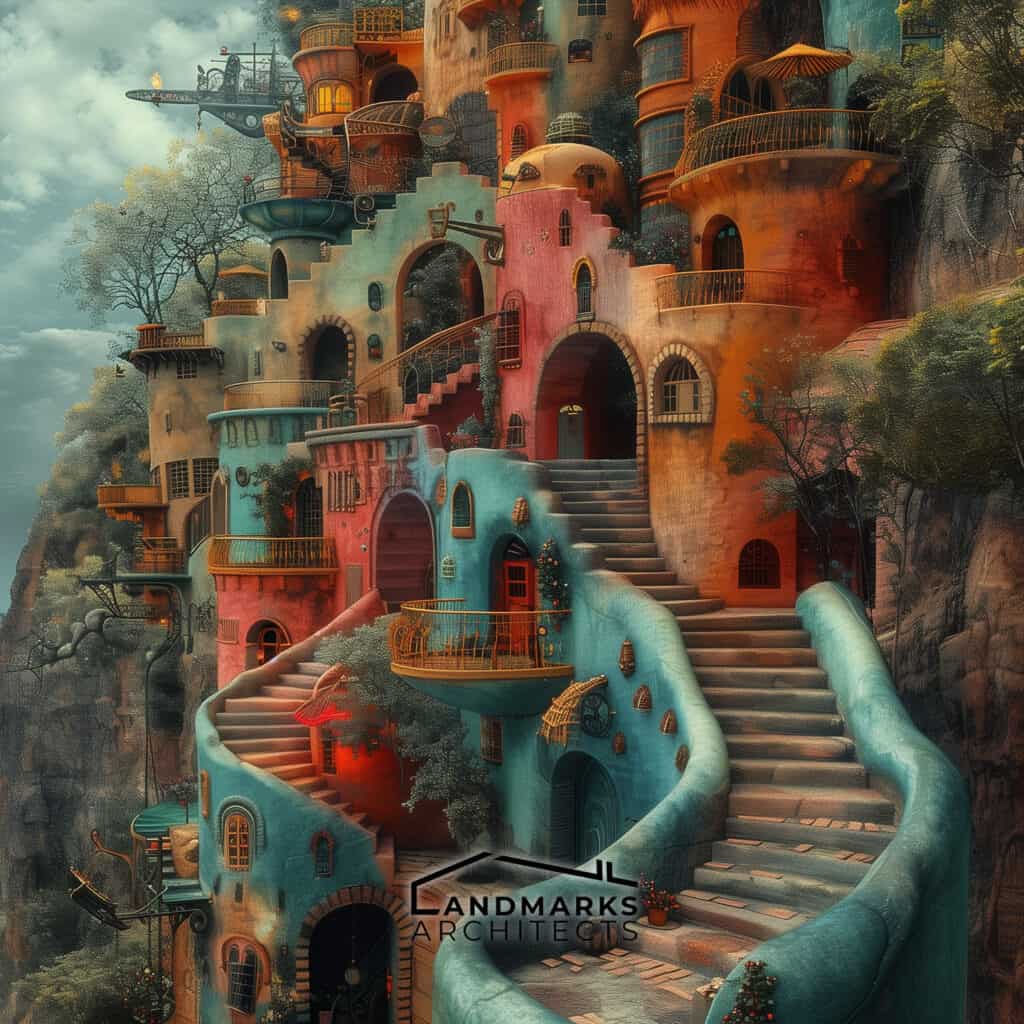
Fantasy architecture often incorporates symbolic meanings and themes. For example, buildings can be designed to reflect a certain society or culture or to convey a sense of fun or coolness. The use of color, shape, and texture can also be used to convey meaning and themes.
4. Building Materials and Techniques
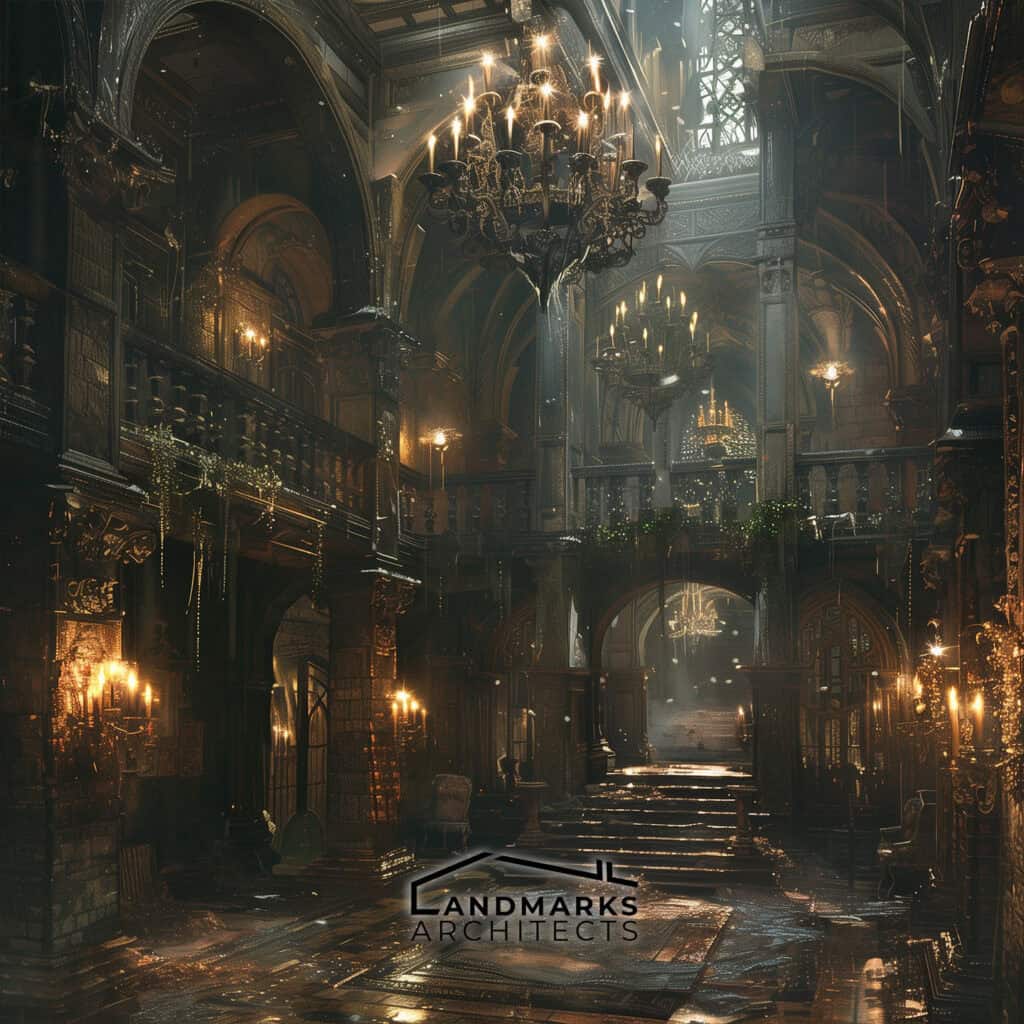
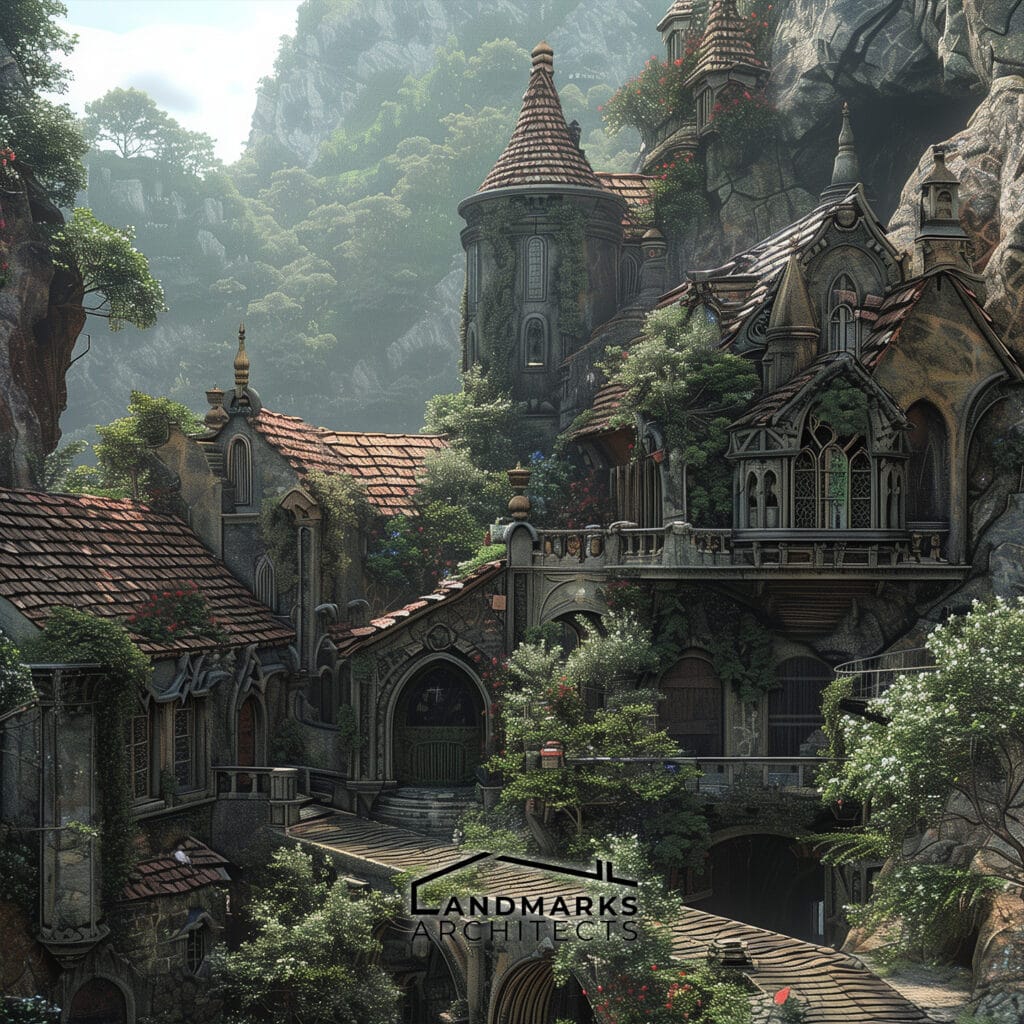
Building materials and techniques used in fantasy architecture can vary quite a lot. Architects may choose to use traditional materials such as stone or wood, or they may opt for more modern materials such as steel or glass.
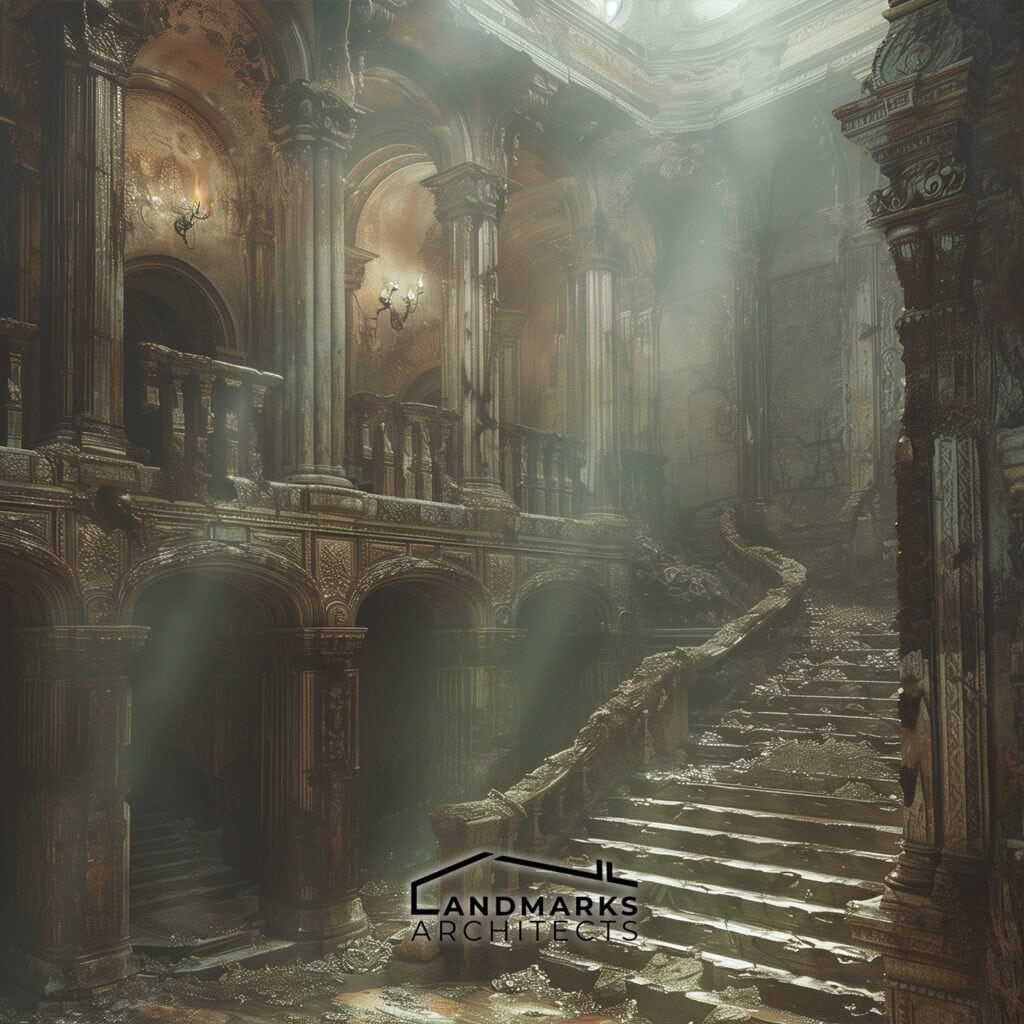
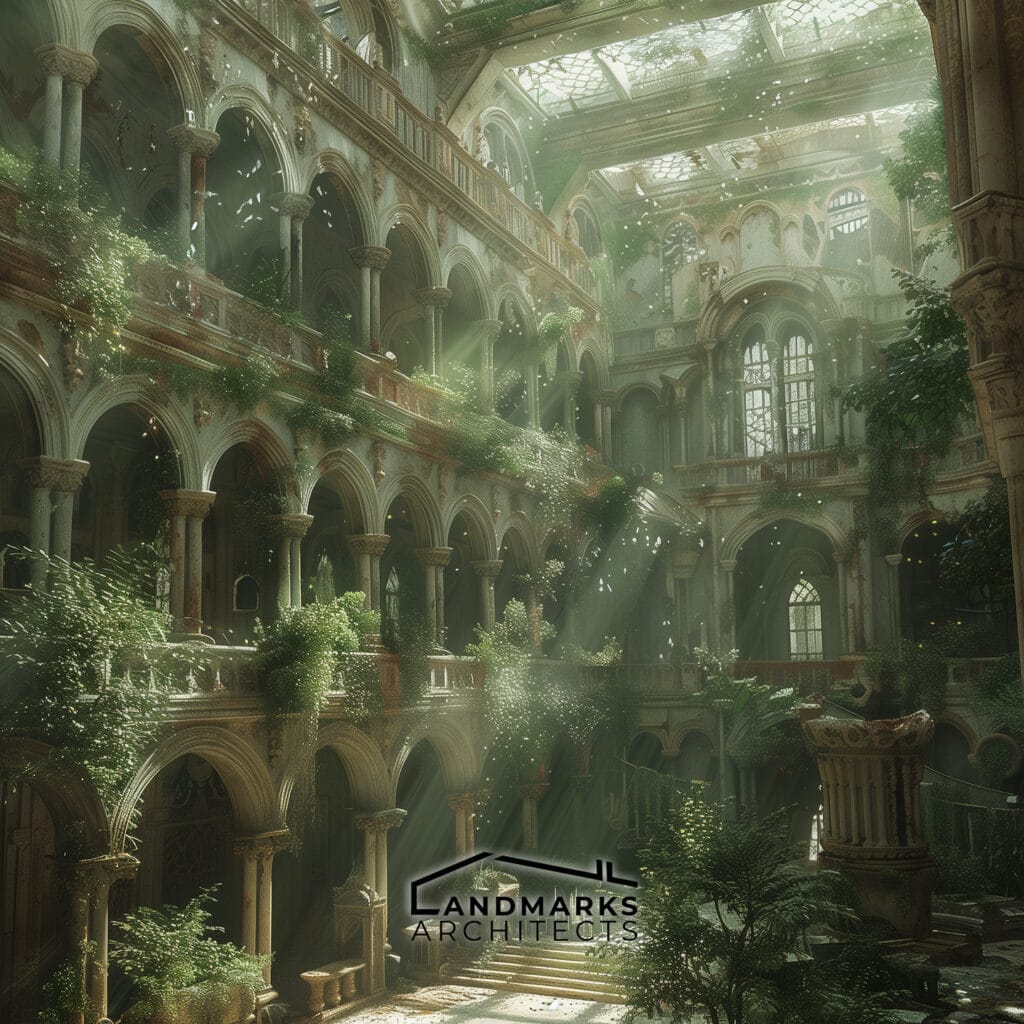
Interior and exterior spaces can be designed to reflect the building’s purpose and to create a sense of history or ruins. The use of roofs and other architectural features can also be used to create a sense of space and style.
3 Influences on Fantasy Architecture
1. Mythology and Folklore
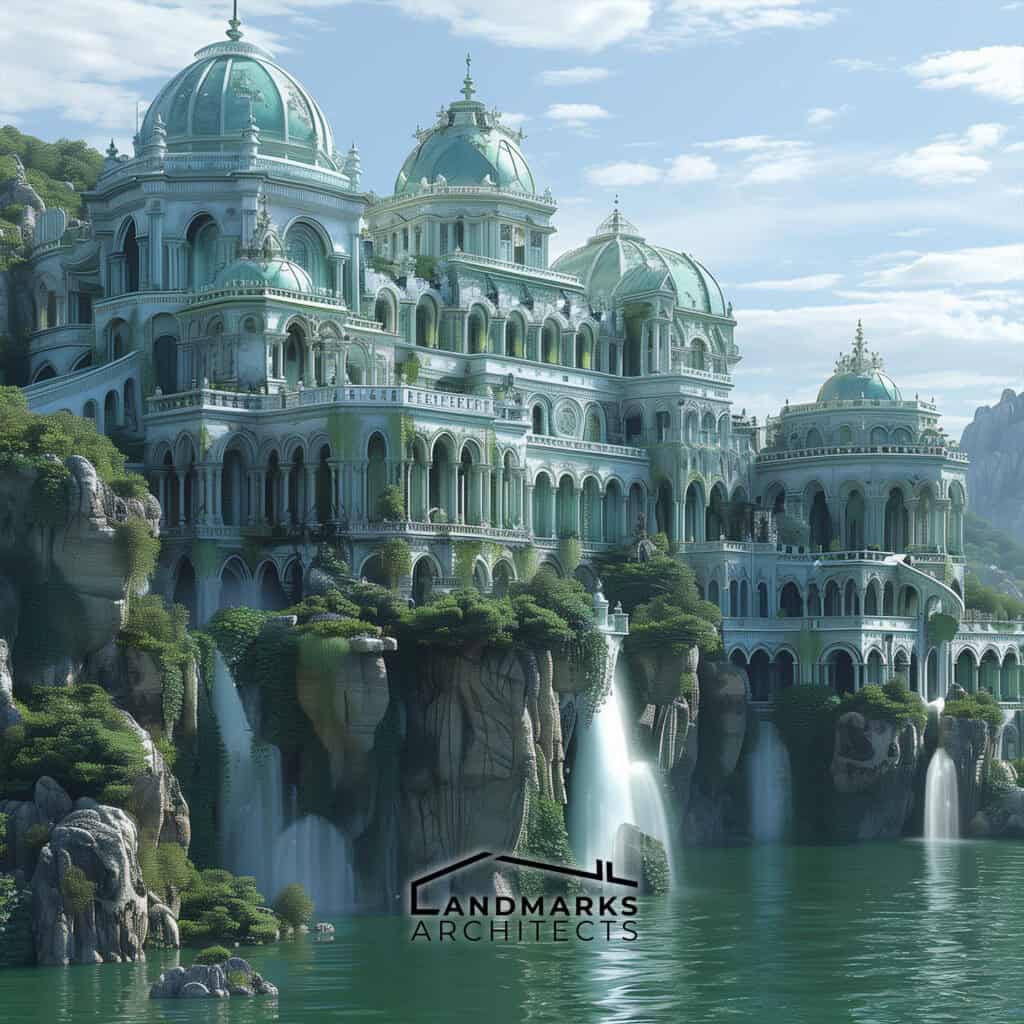
Mythology and folklore have played a significant role in shaping fantasy architecture. Many fantasy worlds are based on the myths and legends of different cultures and countries. For example, the architecture of ancient Greece has inspired many fantasy worlds, such as the city of Minas Tirith in J.R.R. Tolkien’s “The Lord of the Rings” series.
2. Literature and Film
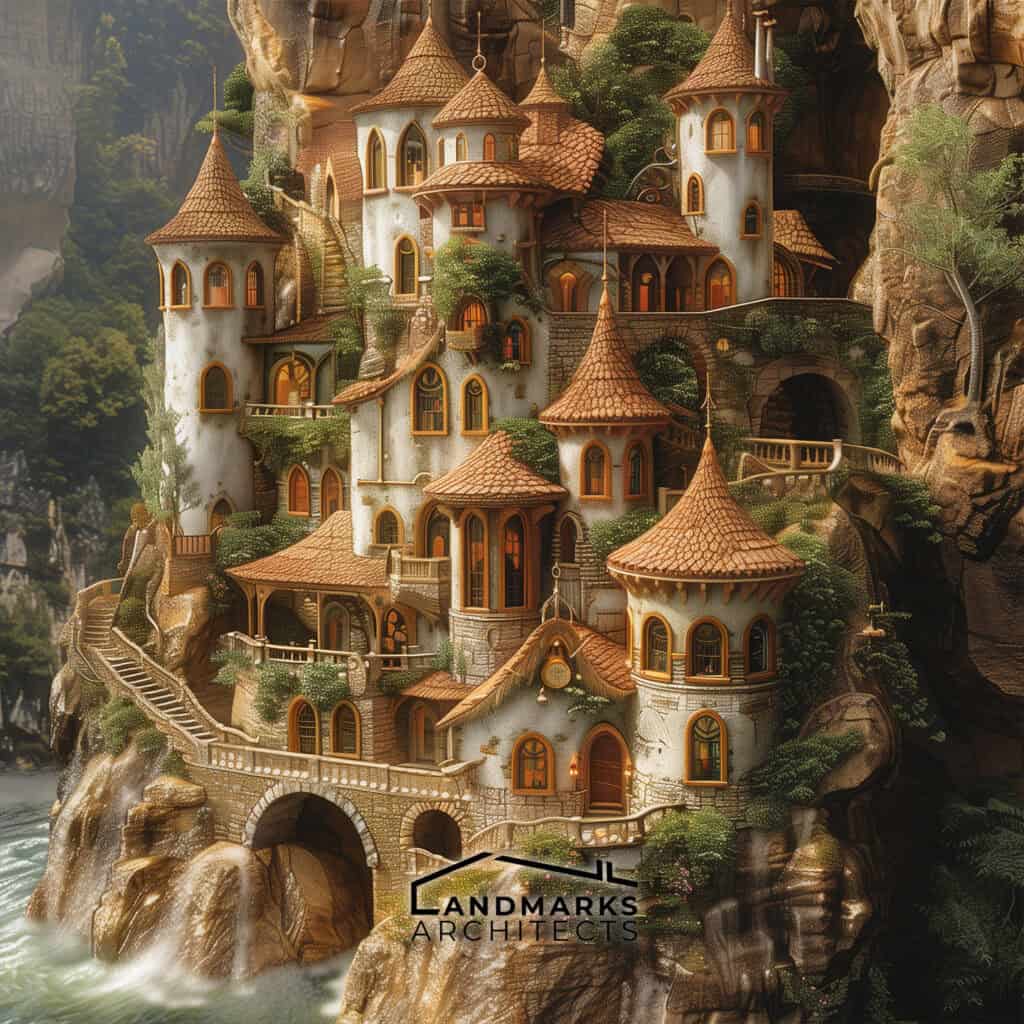
Literature and film have also been major influences on fantasy architecture. Many authors and filmmakers have created detailed descriptions of towns, castles, and landscapes that have inspired architects and designers to create their own fantasy worlds. For example, the castle in “Beauty and the Beast” has inspired many real-life castles and buildings.
3. Video Games and Digital Media
Video games and digital media have also played a significant role in shaping fantasy architecture. Many video games feature intricate and detailed fantasy worlds that have inspired architects and designers to create their own fantasy worlds. For example, the game “World of Warcraft” has inspired many architects and designers to create buildings and landscapes that reflect the game’s unique style.
Fantasy Architecture: A Recap
In summary, fantasy architecture is an important and impactful aspect of the world of art and architecture. The blending of imagination and reality allows for the creation of unique and awe-inspiring buildings that reflect the culture and society of a particular country or city. Architects with the skills to create such buildings are highly sought after and can command quite a lot of money for their work.
While not always practical or feasible for every business or town, fantasy architecture can have a significant impact on the rest of the world. The images and descriptions of these buildings can inspire future architects and artists to create their own unique masterpieces. In the middle of a society that generally values practicality over aesthetics, fantasy architecture can be a welcome breath of fresh air.










